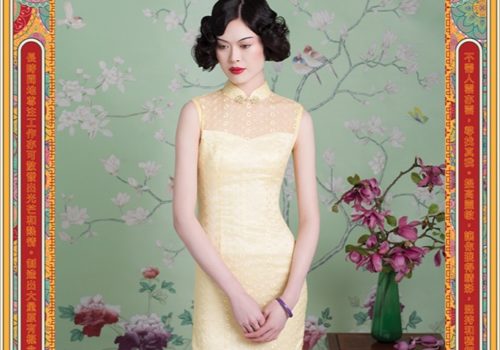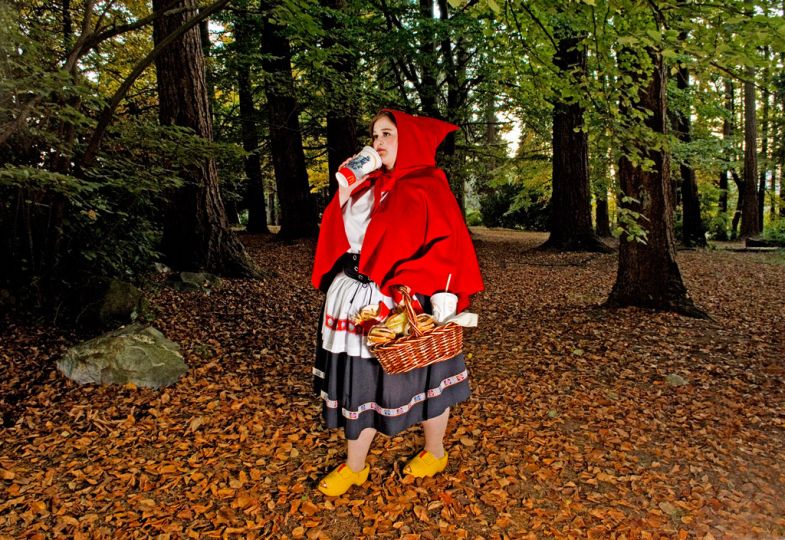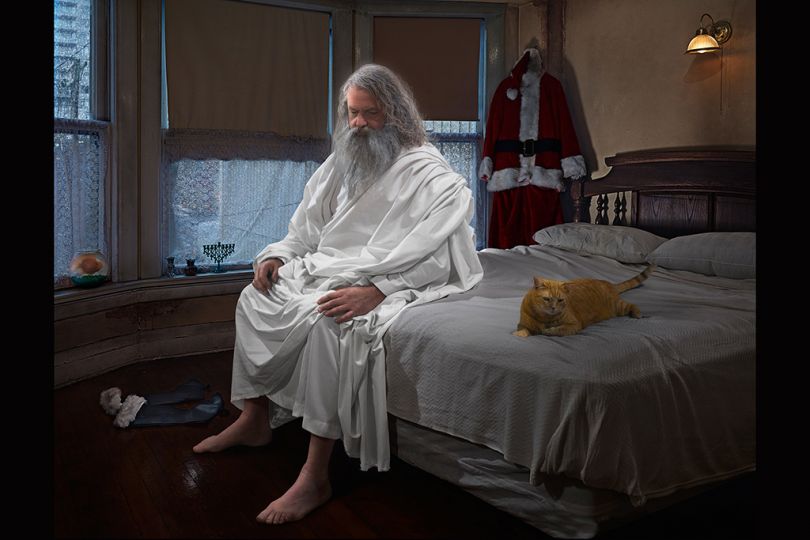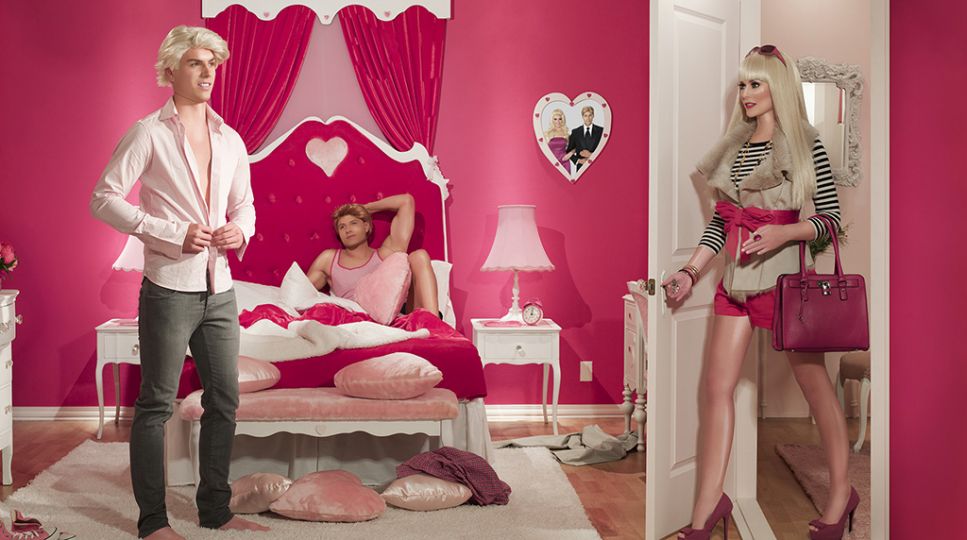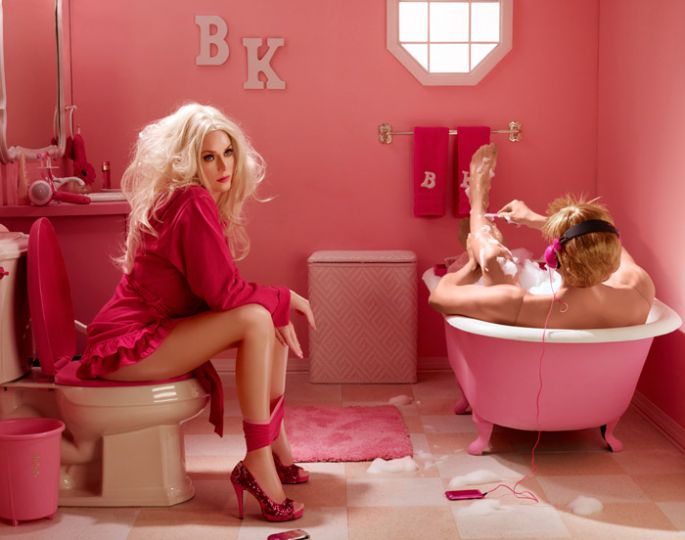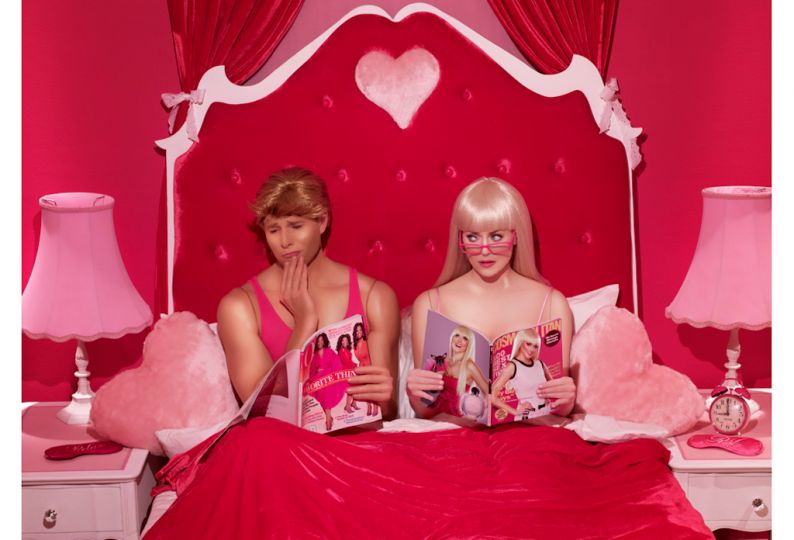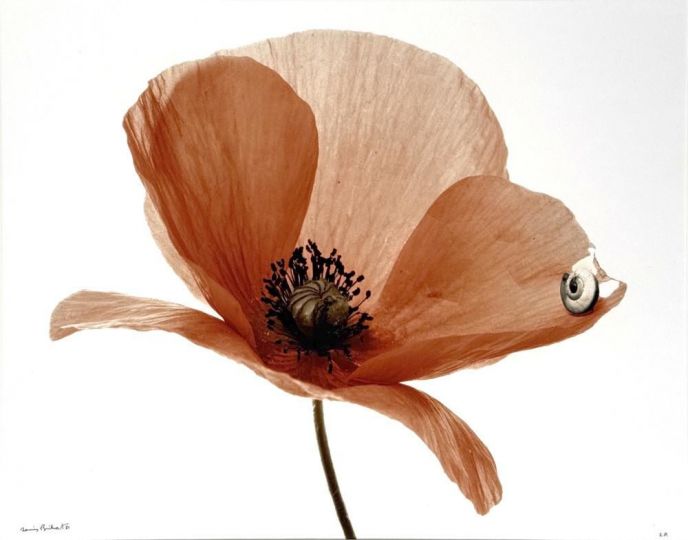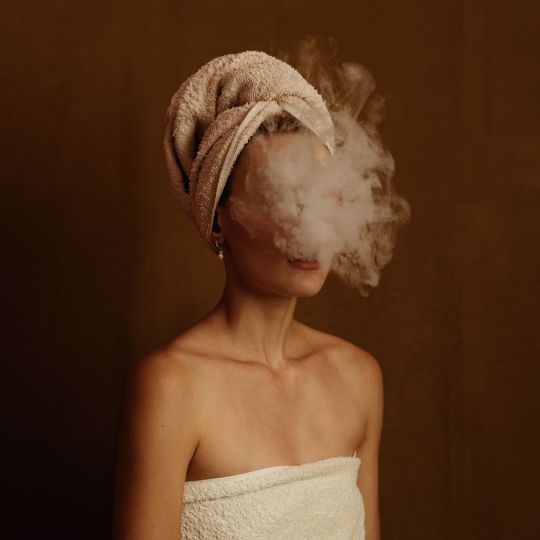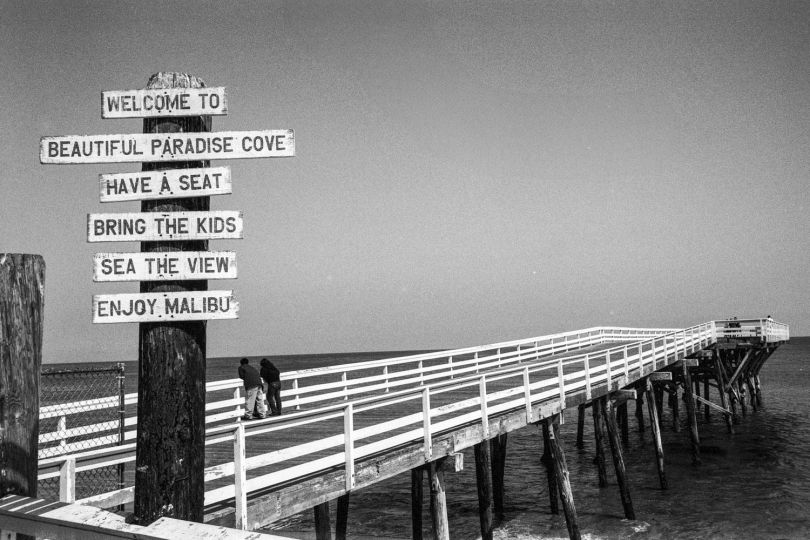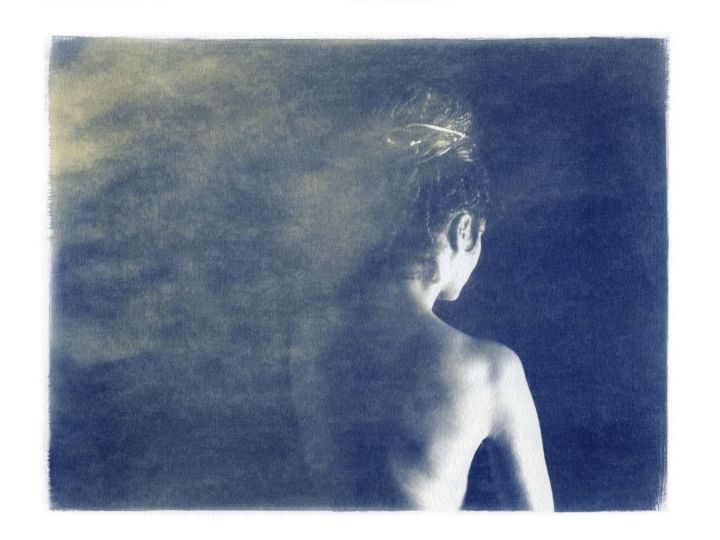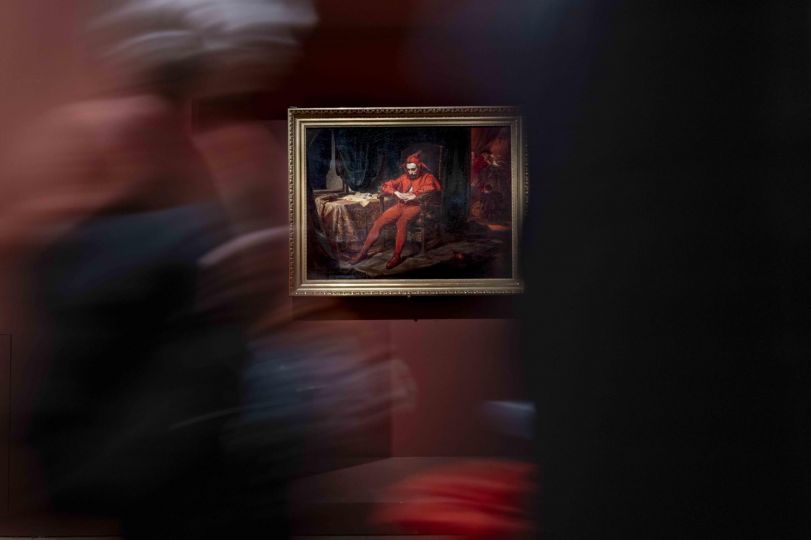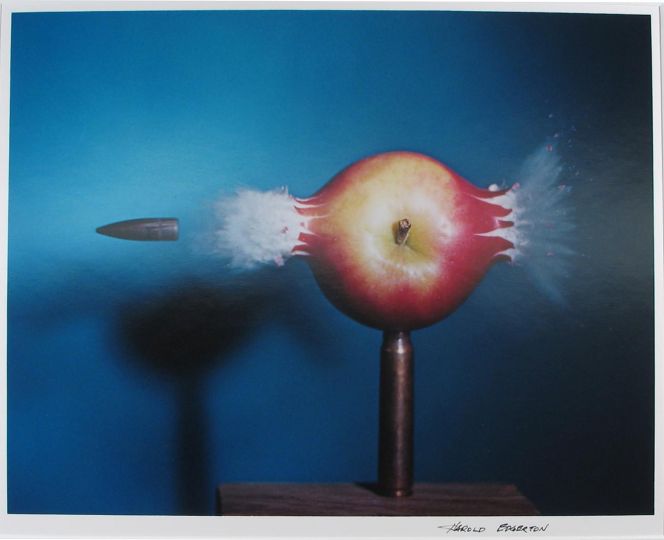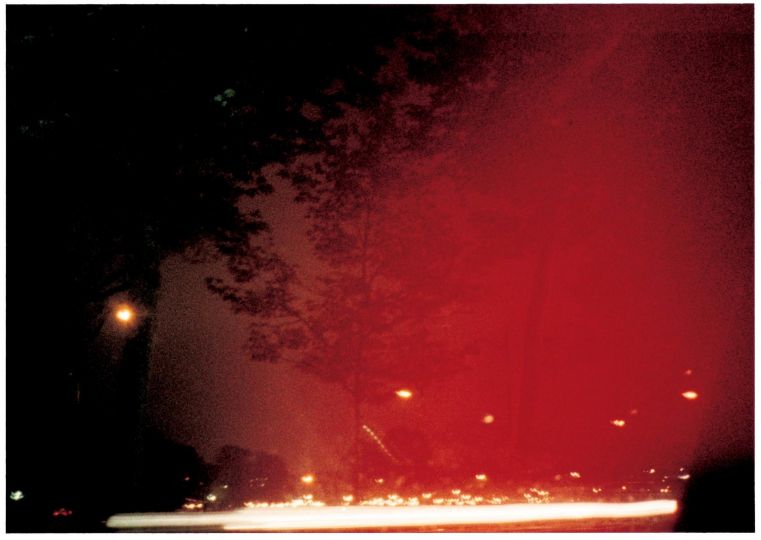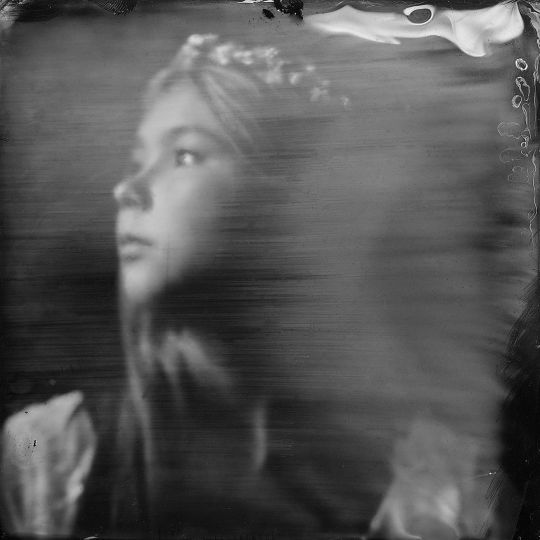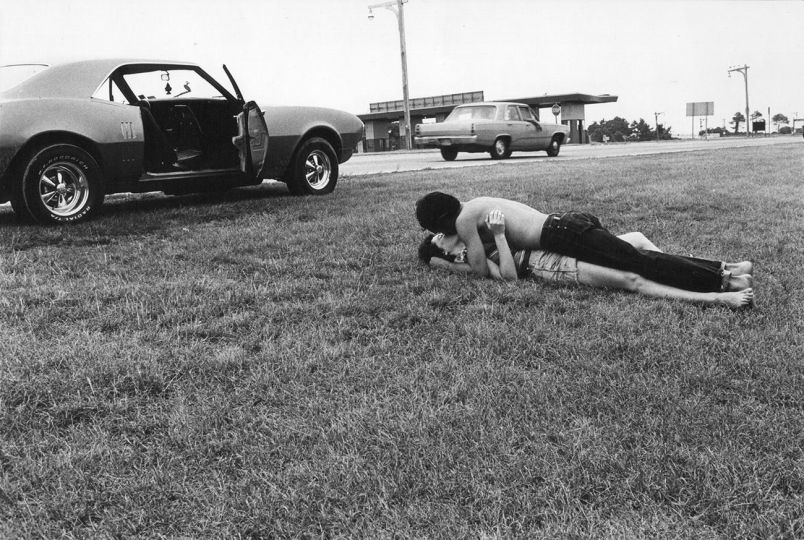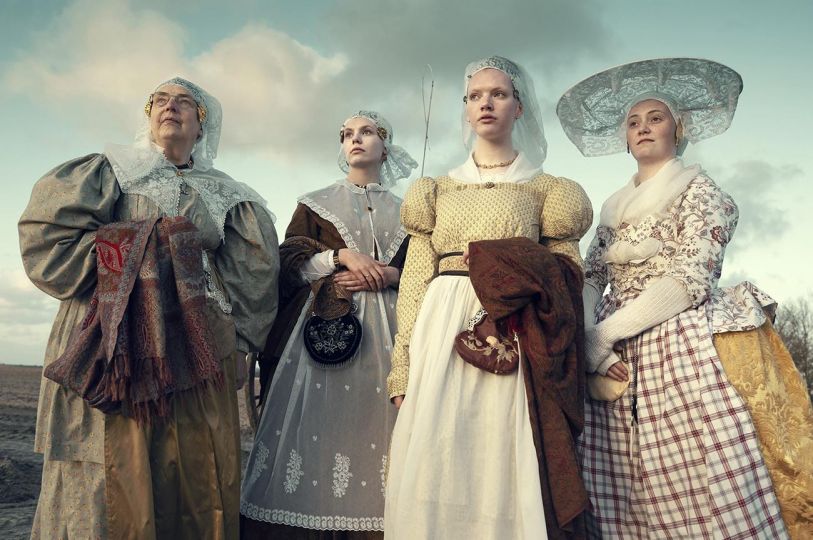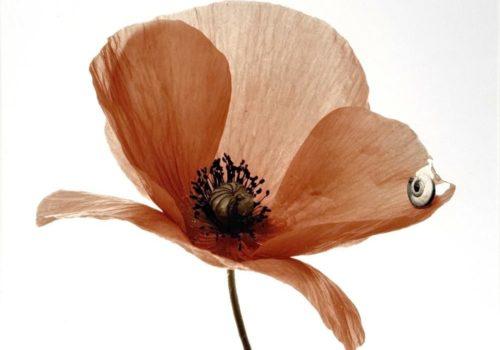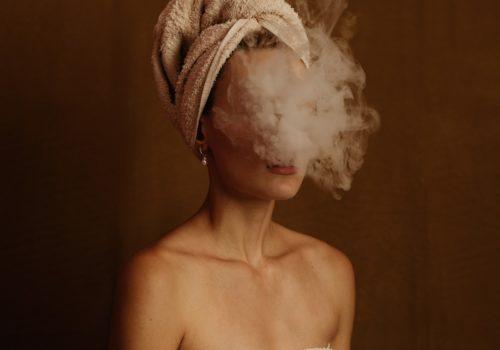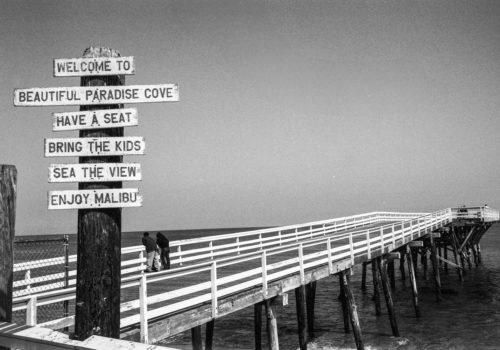By re-imagining iconic Chinese advertisements to critique the beauty, health and wellness industries, Modern Girl investigates how traditional gender roles, and individualistic consumer values have constructed and used women’s bodies to market and sell products. The visual source inspiration of 1930’s Chinese advertising posters is central in capturing the tensions of past traditions and the push for modernity: “The breaking away from filial tradition in this era saw the emergence of Asian women coming into their individuality,” says Goldstein. “At the same time, modern gender roles and expectations opened the door to exploit the female form for marketing and advertising campaigns.” Much like her previous notable collections, Fallen Princesses, In the Dollhouse, and Gods of Suburbia, Modern Girl is a continuation of Goldstein’s use of satire by way of photography to investigate contemporary social issues, pop culture, and the human condition.
This article is reserved for subscribed members only. If you are already a member, you can log in here below.
Subscribe for full access to The Eye of Photography archives!
That’s thousands of images and articles, documenting the history of the medium of photography and its evolution during the last decade, through a unique daily journal. Explore how photography, as an art and as a social phenomenon, continue to define our experience of the world. Two offers are available.
Subscribe either monthly for 8 euros (€) or annually for 79 euros (€) (2 months offered).

